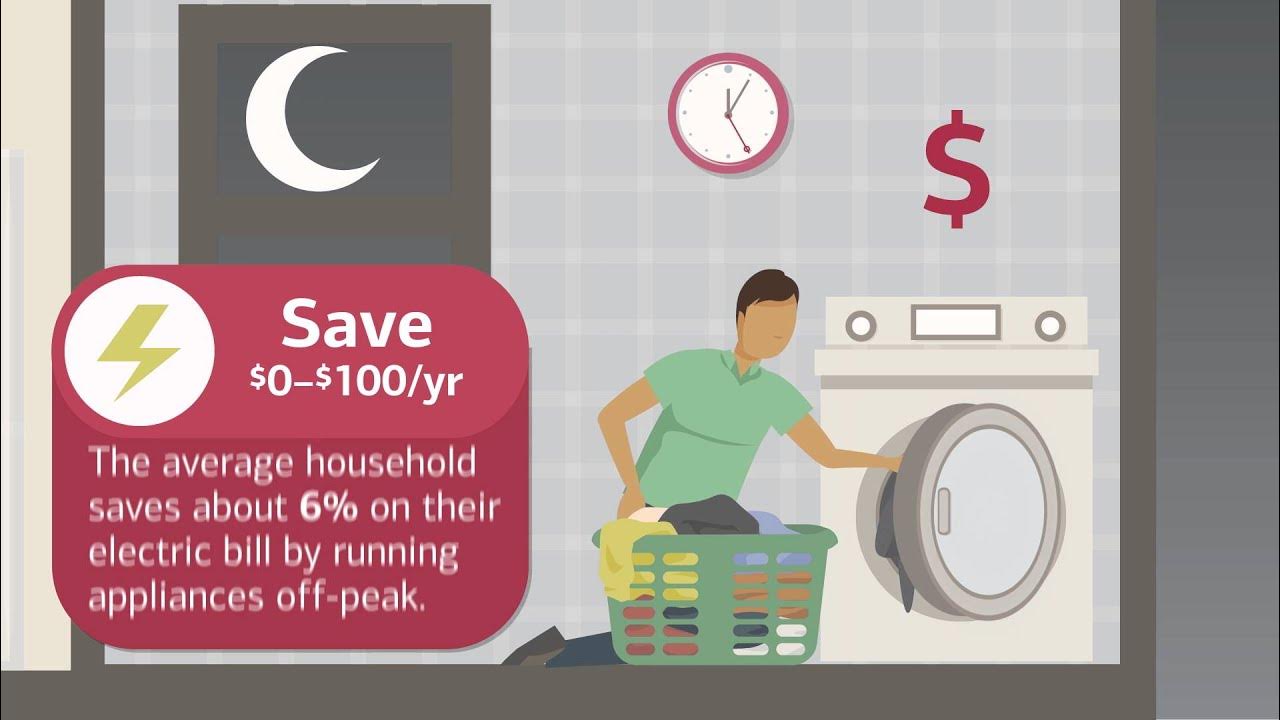Accounts Receivable Financing and Purchase Order Financing are two types of alternative business financing that are frequently misunderstood. Although they are two very distinct forms of alternative business financing that serve two very distinct purposes, it is understandable that they occasionally become confused.
If you have unpaid invoices on your aging report and want access to the cash now rather than waiting for payment, you can use accounts receivable financing. NOTE: Your product or service must have been delivered and invoiced for you to be eligible for Accounts Receivable Financing; In any case, there are no invoices from Accounts Receivable that can be used as collateral.
Asset-Based Lending and Factoring are the two types of accounts receivable financing that are utilized the most frequently:
Asset Based Lending: With asset based lending, you can get traditional bank financing or alternative business financing. The cost of capital will always be lower than that of non-traditional asset-based lending if you qualify for bank financing. You use your invoices for accounts receivable as collateral to secure a line of credit from a bank or other non-bank lender. Underwriting guidelines differ from institution to institution; However, it is essential to keep in mind that approval will still be influenced by your company’s strength. If your business is losing money, you won’t be able to get financing from a bank because banks are very conservative—and rightly so; When compared to alternative lenders, they are not making a significant profit on your line. Even though their underwriting requirements are less stringent, these non-traditional lenders will still need to meet certain covenants to keep the line open.
Factoring is a type of financing in which a third party buys your invoices for accounts receivable at a discount so you can get working capital right away instead of waiting 30, 60, or 90 days for payment. In the sense that you are qualified based on the strength of your clients rather than your financial strength, factoring is more adaptable than asset-based lending.
When capital is required to fulfill an order following receipt of a purchase order, Purchase Order Financing, also known as PO Financing, is utilized. To assist in maintaining growth, smaller businesses that begin to receive larger orders may turn to this kind of alternative financing. When profit margins are large enough to cover the cost of capital, PO financing is only practical. It might cost a lot; However, equity is still more expensive.
Keep in mind that Accounts Receivable Financing is used for the back end of a transaction and Purchase Order Financing is used for the front end of a transaction. These two kinds of financing could be very useful tools for your business if it needs to grow or survive.









